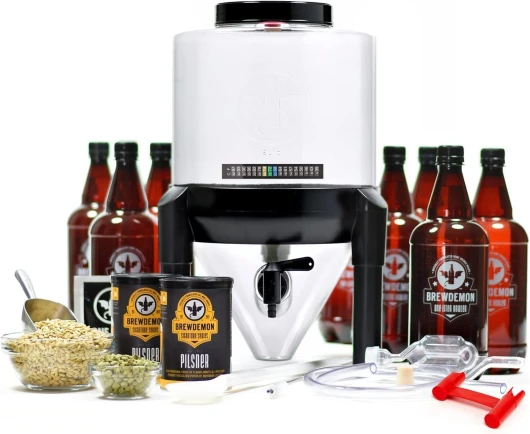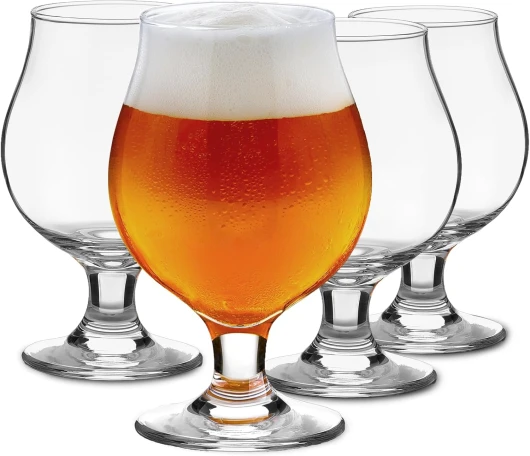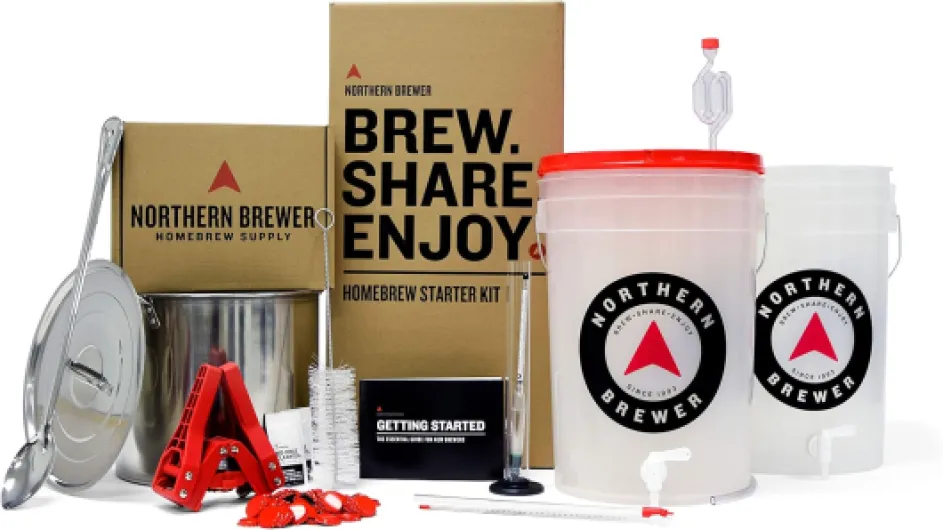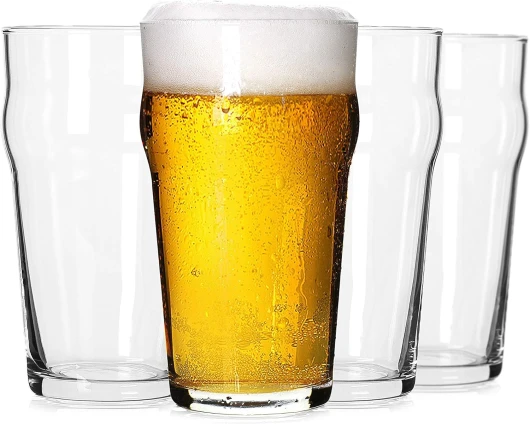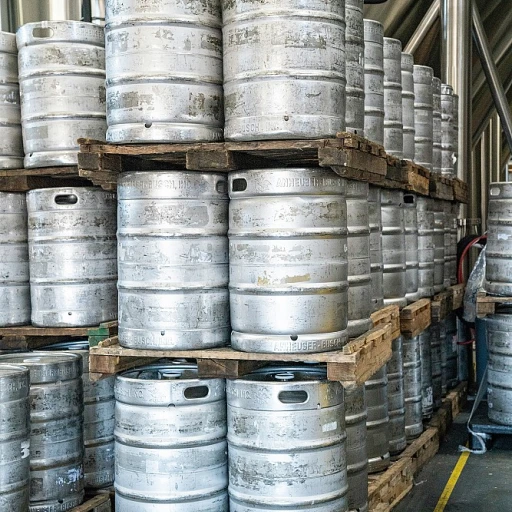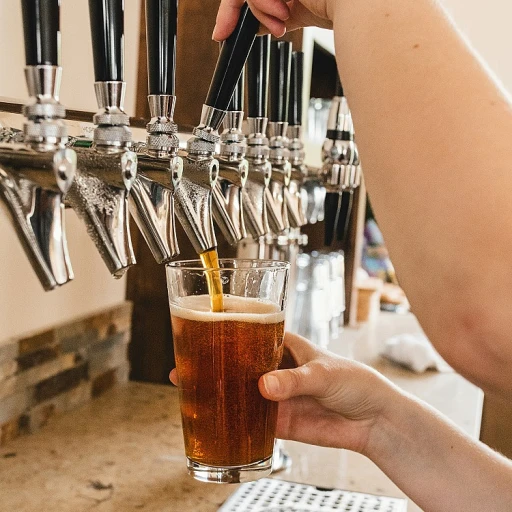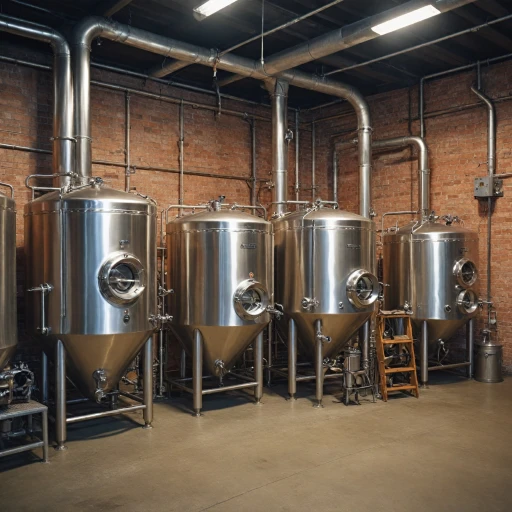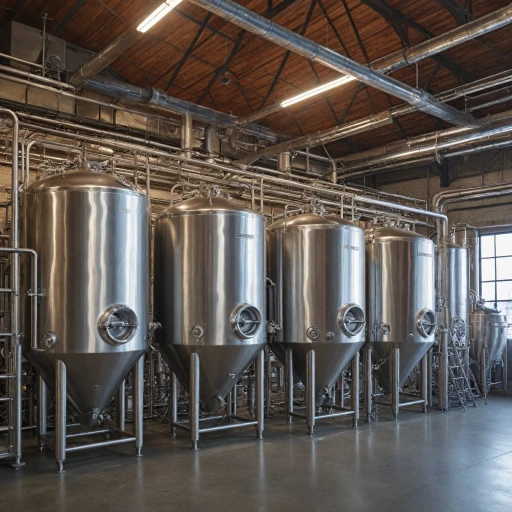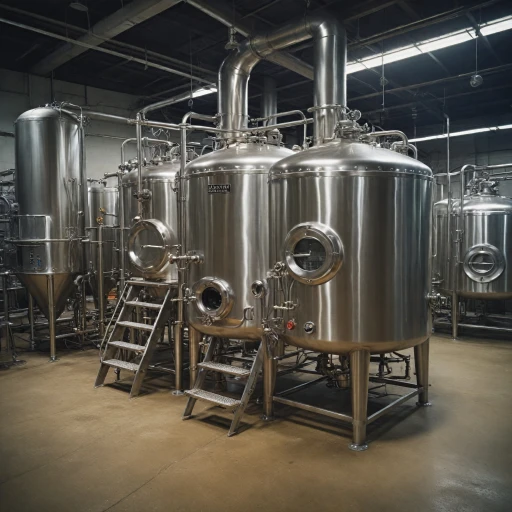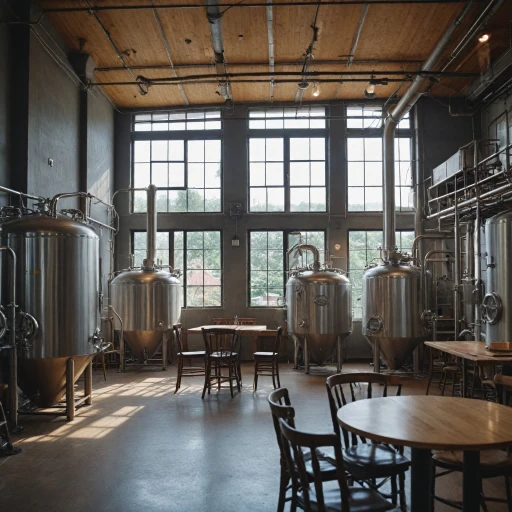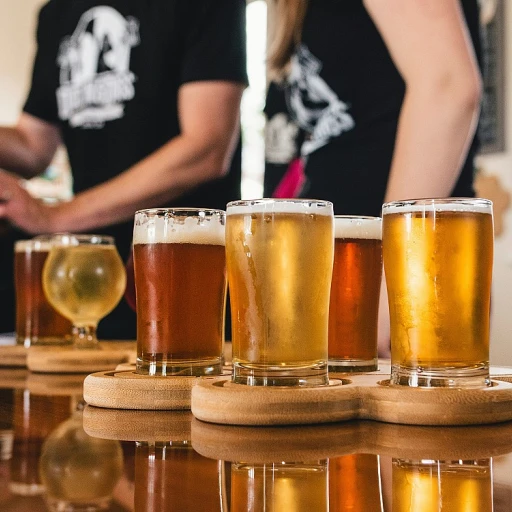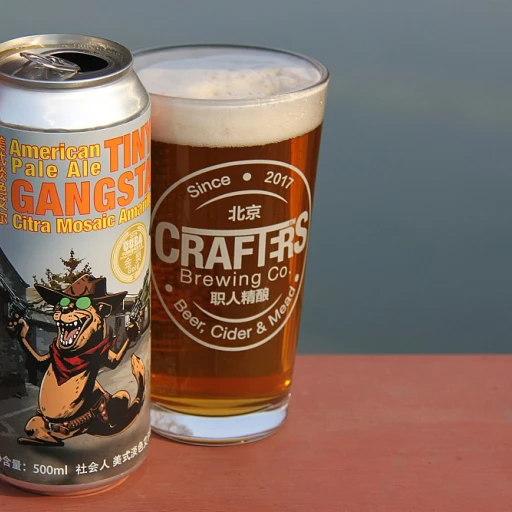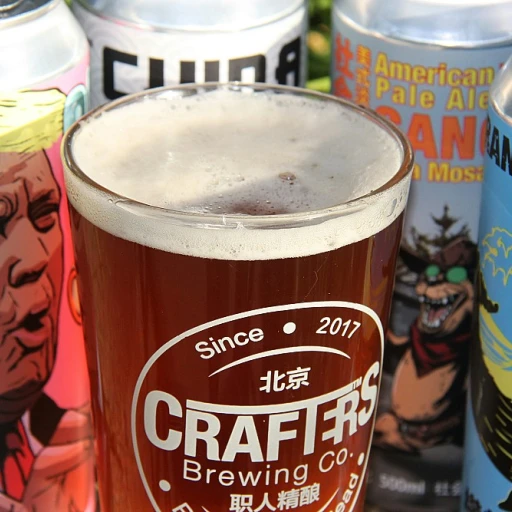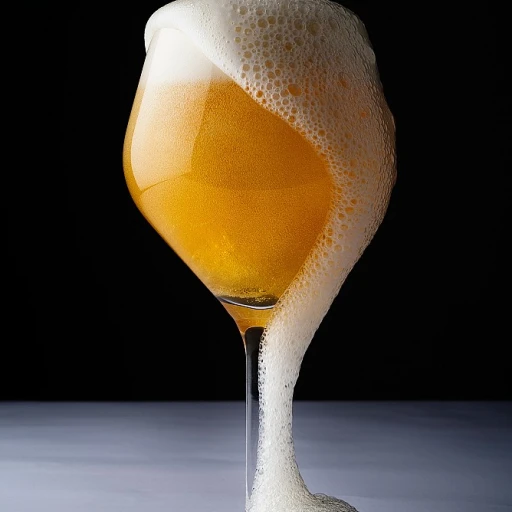
The Meaning Behind Bright and Brite
Unveiling the Distinctive Connotations
When discussing the terms "bright" and "brite" in the beer industry, it's essential to understand that these words, while phonetically similar, often carry different connotations. "Bright" typically refers to the clarity and brightness of a beer. This can be linked to the visual aspect of the beer, where clarity, color, and effervescence play significant roles. A "bright" beer will often be clear, with sparkling carbonation and appealing visual attributes. On the other hand, "brite" is a term often encountered in the context of brewing equipment, particularly within "brite tanks." These tanks are purposed for carbonation and aging, ensuring the beer reaches its optimal taste and clarity before it reaches consumers. Understanding the role of these tanks in the brewing process can significantly enhance one's knowledge of how different beer characteristics are achieved. For more detailed information, explore how mash tun and lauter tun play a role in this part of the beer's journey. While these meanings provide a foundational understanding, the nuances associated with these terms can vary based on the brewery's practices and marketing strategies. Further examination of their spelling variations and how businesses leverage them in branding can add additional depth to our understanding.Spelling Variations and Brand Names
Why Different Spellings Exist
In the beer industry, words like "bright" and "brite" can convey significantly different concepts, but the spelling variations often lead to confusion. These differences are not just semantic but can also be linked to branding, regional preferences, and historical conventions.
"Bright" is a more traditional spelling that reflects clarity and purity, reflecting the condition of beer after being filtered or otherwise clarified. It's associated with a certain standard in professional brewing and beer description.
On the other hand, "brite" often pops up as an alternative spelling in branding efforts that aim for a modern or edgy appeal. This variation might stem from an attempt to differentiate brands or products in a crowded market. It's not just a quirky change in letters but a strategic choice that impacts how consumers perceive a particular beer or brewery. Exploring how a hot liquor tank plays a role in brewing can further illustrate these subtle nuances.
These spelling choices often reflect deeper marketing and branding strategies, which link into understanding consumer perception and impacting brand identity. As we know, beer names require careful thought to align with brand messaging and positioning in the market, affecting everything from packaging to promotional campaigns.
Bright vs Brite in Formal Writing
Understanding How Language Choice Differs in Formal Craft Beer Writing
In the realm of formal writing, particularly within the craft beer industry, the choice between "bright" and "brite" can lead to intriguing discussions. This distinction is not merely a matter of preference but carries implications for professional communication and branding. When we delve into the formal language used in craft beer documentation and advertising, "bright" tends to be the standard. This is largely due to its conventional English spelling, which aligns with the expectations of a broader audience. Texts such as brewing manuals, scholarly articles, and formal reports typically favor "bright" to maintain consistency and clarity. On the other hand, "brite" is often seen in contexts that emphasize branding uniqueness and market differentiation. Some breweries adopt this spelling as a way to stand out, craft a specific brand identity, and evoke a sense of innovation. This approach is particularly evident in marketing materials and brand names. The choice between these spellings can significantly impact how a brewery is perceived. Understanding the role of using "brite" in branding can give insight into a company's image and marketing strategies. The importance of this nuance extends beyond mere spelling and into the realm of brand psychology. It reinforces how a simple linguistic choice can shape consumer perception and industry communication.Learn more about the intricacies of this concept by exploring the role of brite tanks in brewing, which also highlights unique applications of the term in industry lingo.
Case Studies: Branding and Marketing
Brand Strategy and Consumer Engagement
Brands often leverage the nuanced differences between "bright" and "brite" to craft unique identities and connect with their target audience. The choice of spelling can influence the perception of a brand, setting the tone and aligning with the brand's overall image.- Traditional vs. Modern Appeal: Brands aiming for a classic, established appearance might prefer "bright," which aligns with conventional spelling, thereby instilling a sense of trust and familiarity. Conversely, "brite" can appeal to modern, innovative brands seeking to stand out and attract a younger demographic looking for something fresh and unique.
- Memorability and Differentiation: Using "brite" can enhance brand memorability due to its unconventional twist on a familiar word. This spelling variation can make a brand feel distinctive and set it apart from competitors relying on the traditional "bright."
- Consumer Expectations and Product Marketing: The choice between "bright" and "brite" can also reflect the attributes of the product itself. For instance, a "brite" beer might suggest a more innovative brewing process or cutting-edge ingredients, catering to the tastes of adventurous beer lovers.

